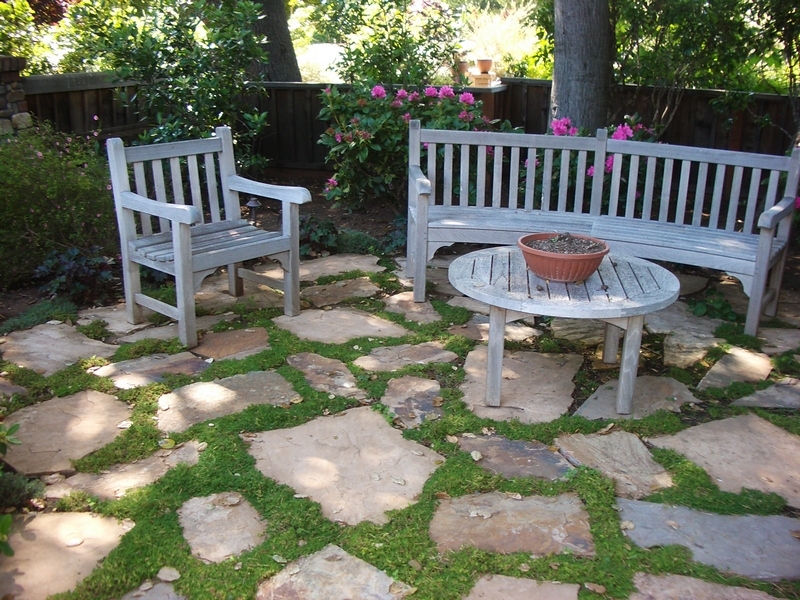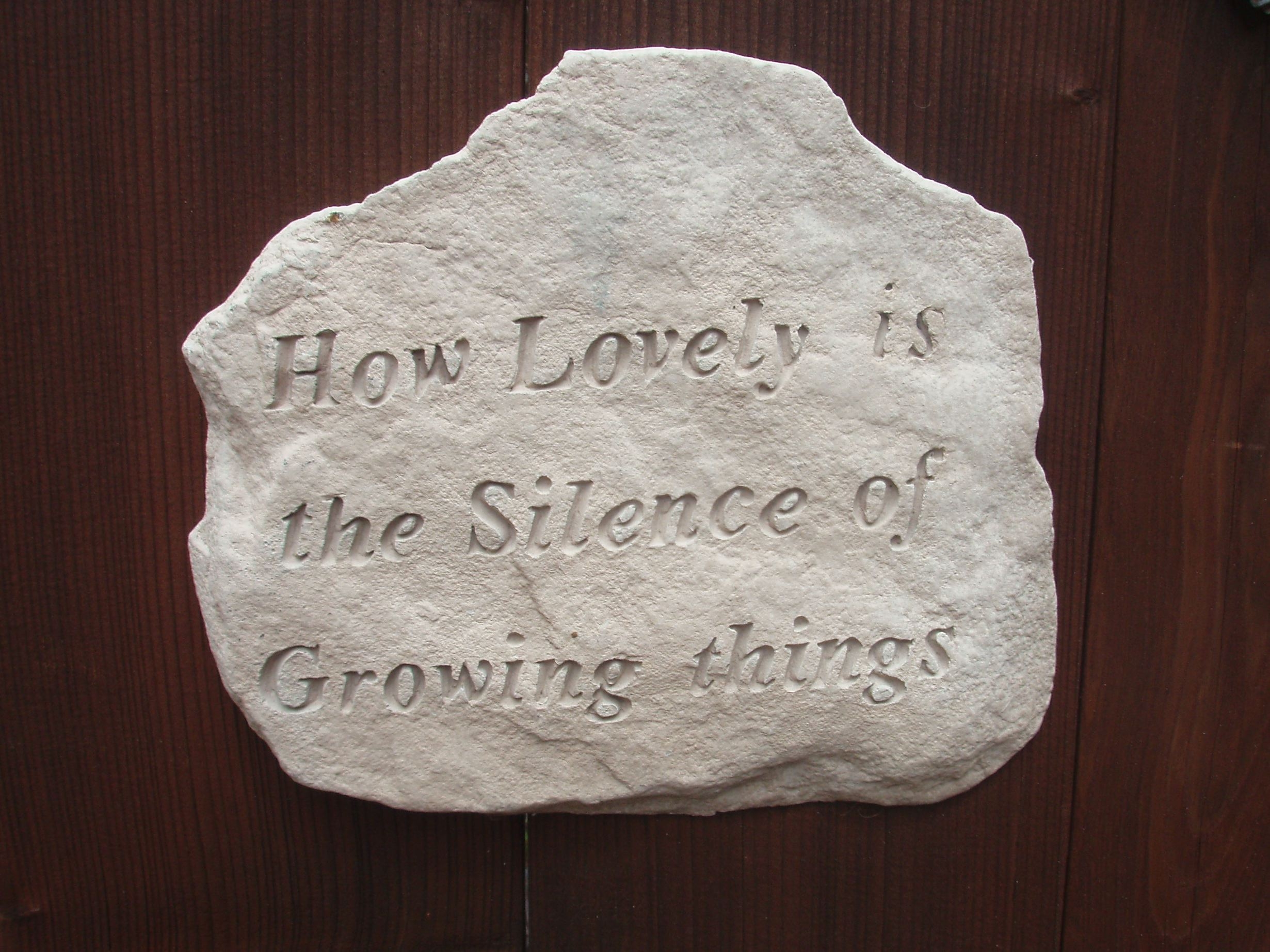Spring is in the air. It’s always exciting to see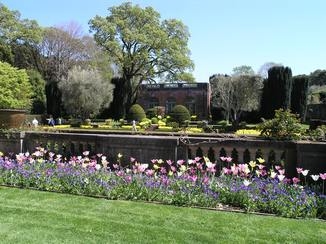
One of my long term goals is to view the great gardens in the Santa Cruz Mountains. If you have a garden that you think others would like to hear about and you are willing to share it with me, please contact me. I’d love to spend time with you in your garden.
There’s so much to do now in the garden. If you are feeling overwhelmed here are some suggestions for the more important to-do’s.
* Check drip systems for leaks or clogged emitters. Flush sediment from filters and check screens for algae. You may need to add emitters if plants have grown significantly.
* Finish pruning and clean-up of trees, shrubs, vines and perennials. This includes fireblight die-back on pears, apples, hawthorn, pyracantha, photinia, crabapple quince and toyon., Prune out and discard diseased branches making the cut at least 6-8" below blighted tissue. Clean the pruning blades with alcohol or a 1:5 solution of household bleach to prevent spread of the disease. Also finish pruning and cutting back perennials and ornamental grasses. Go ahead and give grasses a 3-5" crewcut so fresh growth can emerge. Cut back old foliage of maiden hair ferns to allow new growth to take center stage. If you have Western sword ferns or another type that has winter or thrip damage, remove shabby looking fronds. Even if you have to cut back the entire fern it’s OK. It will regrow in just of couple of months. Prune any other frost damaged plants when you see new growth begin.
* Spread fresh compost around all your plants. Good soil is the secret to successful gardening. The first principle of organic gardening is to feed the soil and it will feed the plant. Remember that all gardening used to be organic. Layer compost and or mulch on top of the soil and let it slowly decompose and filter down into the earth.
* As you plant new additions to the garden add organic matter to the soil. If your garden’s soil is sandy, organic matter enriches it and allows it to hold water more efficiently. If your soil tends toward clay, organic matter will loosen it up and improve drainage. In well-amended soil, plants grow deep roots, are hardier and more resistant to disease. Organic matter, such as compost, planting mix and well-rotted manure, boosts nutrition and improves soil structure.
* Fertilize if you haven’t already done so. Citrus, shrubs and fruit trees just emerging from dormancy are begging for their first meal of the season. Lawns begin their spring growth now also and benefit from a boost of nitrogen. You can also spread a thin layer of composted manure over you lawn. Leaving you grass clippings on the lawn will benefit it by shading the roots as it get warmer and as they break down they help feed it, too. Perennials benefit from both a fresh layer of compost or manure and a light application of balanced fertilizer. They respond to phosphorus especially in the spring for root growth, stem sturdiness and flower development. Wait until azaleas, camellias and rhododendron have finished blooming before feeding them.
* The most important to-do for March is to take time out and enjoy your garden and our beautiful surroundings. Those last few weeds will be there tomorrow but you’ll never get another today.

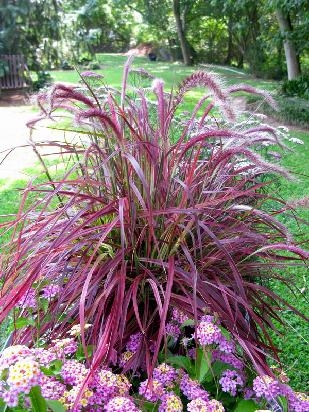 . Some are already being grown on a limited basis by the wholesale growers while others won’t become available until 2011. Recently I had the opportunity to view up-close and personal some of these new unique perennials, shrubs and grasses. It’s exciting to envision these in our own gardens.
. Some are already being grown on a limited basis by the wholesale growers while others won’t become available until 2011. Recently I had the opportunity to view up-close and personal some of these new unique perennials, shrubs and grasses. It’s exciting to envision these in our own gardens.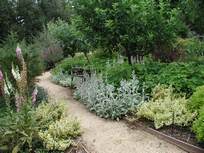 andscapes that provide four seasons of interest. Here are some tips I pass along.
andscapes that provide four seasons of interest. Here are some tips I pass along. 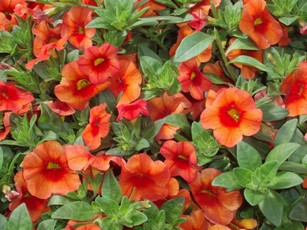 h Seeds has been developing and growing seed in Guatemala for 40 years.
h Seeds has been developing and growing seed in Guatemala for 40 years. 